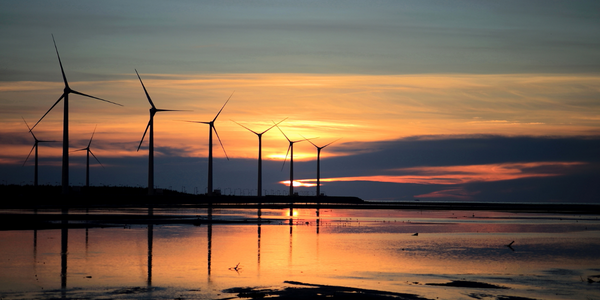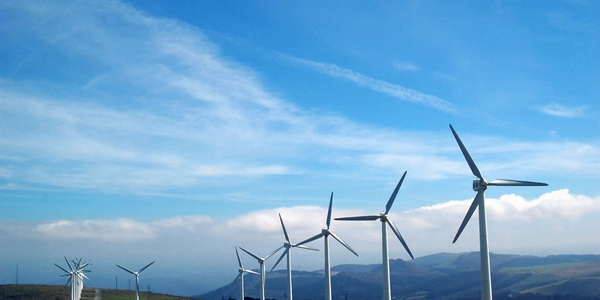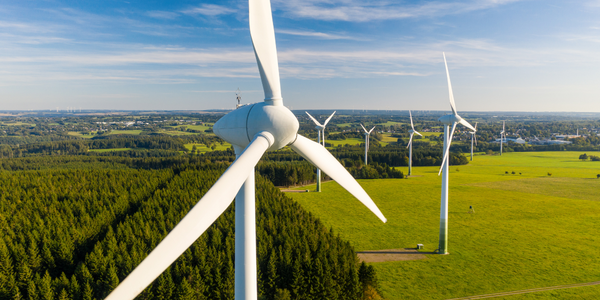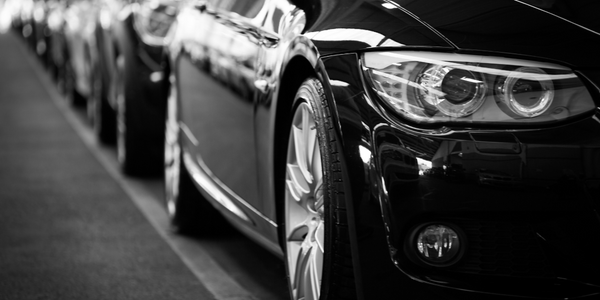Technology Category
- Robots - Autonomous Guided Vehicles (AGV)
- Sensors - Autonomous Driving Sensors
Applicable Industries
- Automotive
- Renewable Energy
Applicable Functions
- Maintenance
- Product Research & Development
Use Cases
- Smart Parking
- Vehicle-to-Infrastructure
About The Customer
The Western Sydney Solar Team is a group of students who participate in the Challenger Class of the Bridgestone World Solar Challenge. The competition requires teams to design and build single-seat solar cars that are built for sustained endurance and total energy efficiency. The cars must adhere to strict size limits and a maximum solar array of 4m2. The team's goal is to design the most efficient and aerodynamic car possible, while ensuring driver safety. They have a predetermined design of the solar car body shape that they have optimized with the primary focus on reducing aerodynamic drag. The team is also responsible for the construction of the solar car, using the technical optimizations provided by Gurit engineers.
The Challenge
The Western Sydney Solar Team was tasked with designing the most efficient and aerodynamic single-seat solar car possible, while ensuring driver safety and adhering to class rules. The team had a predetermined design of the solar car body shape that was optimized with the primary focus on reducing aerodynamic drag. However, they faced challenges in optimizing the monocoque chassis, bulkhead structure, and motor housing of the car within the existing design. They also had to adhere to strict design load cases set out in the class rules as well as minimum g-force strength requirements to ensure driver safety. Furthermore, they had to design and optimize the roll-hoop to safely accommodate the driver. The team was provided with a geometric model of the car that set out the chassis and structure, but no design existed for the roll-hoop.
The Solution
Gurit engineers were brought in to optimize the car's components within the existing design. They used a design and simulation software to undertake a topology optimization, entering loading, force, and design constraints to produce the most efficient roll-hoop structure capable of withstanding the minimum g-force requirements. The shape of the roll-hoop was then imported into a Finite Element Analysis (FEA) model of the chassis where both structures could be analyzed as one for a more accurate representation of strength and overall stiffness. The engineers then used a composite optimization software tool to analyze the chassis and roll-hoop with the primary objective of minimizing the structure’s mass and the secondary objective of maximizing the structure's stiffness. The optimization was conducted in three phases: shape optimization, size optimization, and ply optimization. The final model was subjected to testing using the design load cases and a no failure constraint to ensure structural integrity with the intended layout of the carbon plies.
Operational Impact
Quantitative Benefit

Case Study missing?
Start adding your own!
Register with your work email and create a new case study profile for your business.
Related Case Studies.

Case Study
Remote Monitoring & Predictive Maintenance App for a Solar Energy System
The maintenance & tracking of various modules was an overhead for the customer due to the huge labor costs involved. Being an advanced solar solutions provider, they wanted to ensure early detection of issues and provide the best-in-class customer experience. Hence they wanted to automate the whole process.

Case Study
Vestas: Turning Climate into Capital with Big Data
Making wind a reliable source of energy depends greatly on the placement of the wind turbines used to produce electricity. Turbulence is a significant factor as it strains turbine components, making them more likely to fail. Vestas wanted to pinpoint the optimal location for wind turbines to maximize power generation and reduce energy costs.

Case Study
Siemens Wind Power
Wind provides clean, renewable energy. The core concept is simple: wind turbines spin blades to generate power. However, today's systems are anything but simple. Modern wind turbines have blades that sweep a 120 meter circle, cost more than 1 million dollars and generate multiple megawatts of power. Each turbine may include up to 1,000 sensors and actuators – integrating strain gages, bearing monitors and power conditioning technology. The turbine can control blade speed and power generation by altering the blade pitch and power extraction. Controlling the turbine is a sophisticated job requiring many cooperating processors closing high-speed loops and implementing intelligent monitoring and optimization algorithms. But the real challenge is integrating these turbines so that they work together. A wind farm may include hundreds of turbines. They are often installed in difficult-to-access locations at sea. The farm must implement a fundamentally and truly distributed control system. Like all power systems, the goal of the farm is to match generation to load. A farm with hundreds of turbines must optimize that load by balancing the loading and generation across a wide geography. Wind, of course, is dynamic. Almost every picture of a wind farm shows a calm sea and a setting sun. But things get challenging when a storm goes through the wind farm. In a storm, the control system must decide how to take energy out of gusts to generate constant power. It must intelligently balance load across many turbines. And a critical consideration is the loading and potential damage to a half-billion-dollar installed asset. This is no environment for a slow or undependable control system. Reliability and performance are crucial.

Case Study
Remote Monitoring and Control for a Windmill Generator
As concerns over global warming continue to grow, green technologies are becoming increasingly popular. Wind turbine companies provide an excellent alternative to burning fossil fuels by harnessing kinetic energy from the wind and converting it into electricity. A typical wind farm may include over 80 wind turbines so efficient and reliable networks to manage and control these installations are imperative. Each wind turbine includes a generator and a variety of serial components such as a water cooler, high voltage transformer, ultrasonic wind sensors, yaw gear, blade bearing, pitch cylinder, and hub controller. All of these components are controlled by a PLC and communicate with the ground host. Due to the total integration of these devices into an Ethernet network, one of our customers in the wind turbine industry needed a serial-to-Ethernet solution that can operate reliably for years without interruption.

Case Study
Integral Plant Maintenance
Mercedes-Benz and his partner GAZ chose Siemens to be its maintenance partner at a new engine plant in Yaroslavl, Russia. The new plant offers a capacity to manufacture diesel engines for the Russian market, for locally produced Sprinter Classic. In addition to engines for the local market, the Yaroslavl plant will also produce spare parts. Mercedes-Benz Russia and his partner needed a service partner in order to ensure the operation of these lines in a maintenance partnership arrangement. The challenges included coordinating the entire maintenance management operation, in particular inspections, corrective and predictive maintenance activities, and the optimizing spare parts management. Siemens developed a customized maintenance solution that includes all electronic and mechanical maintenance activities (Integral Plant Maintenance).




